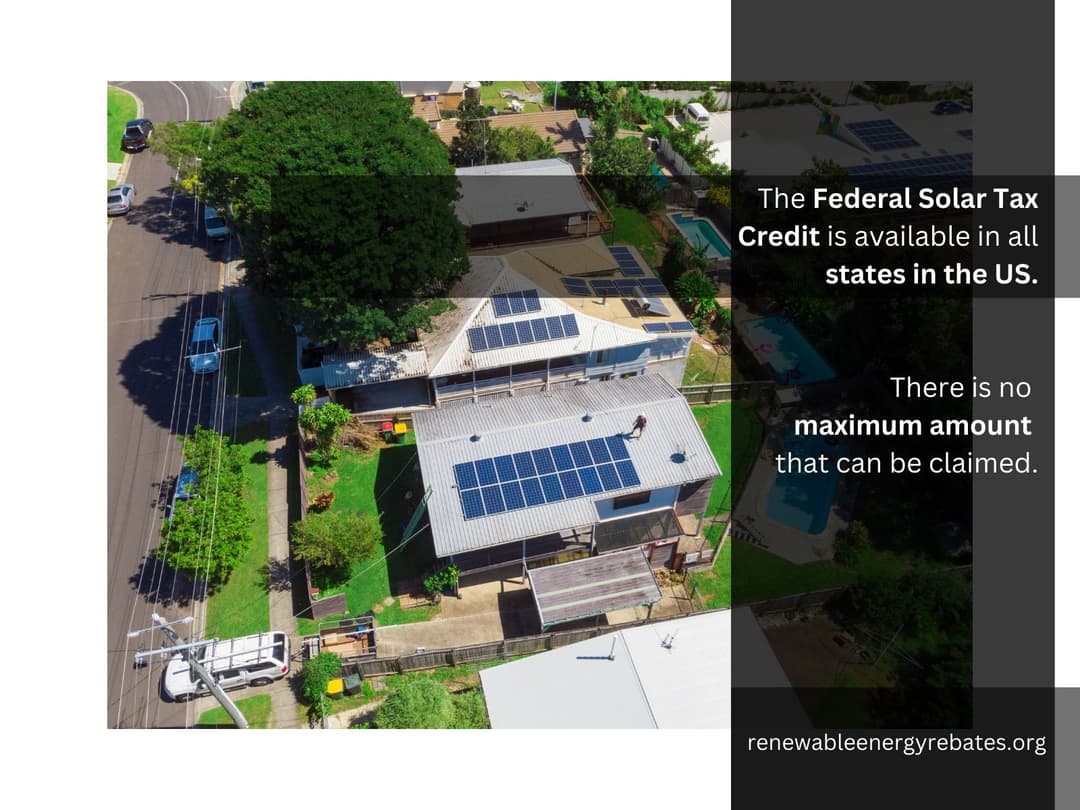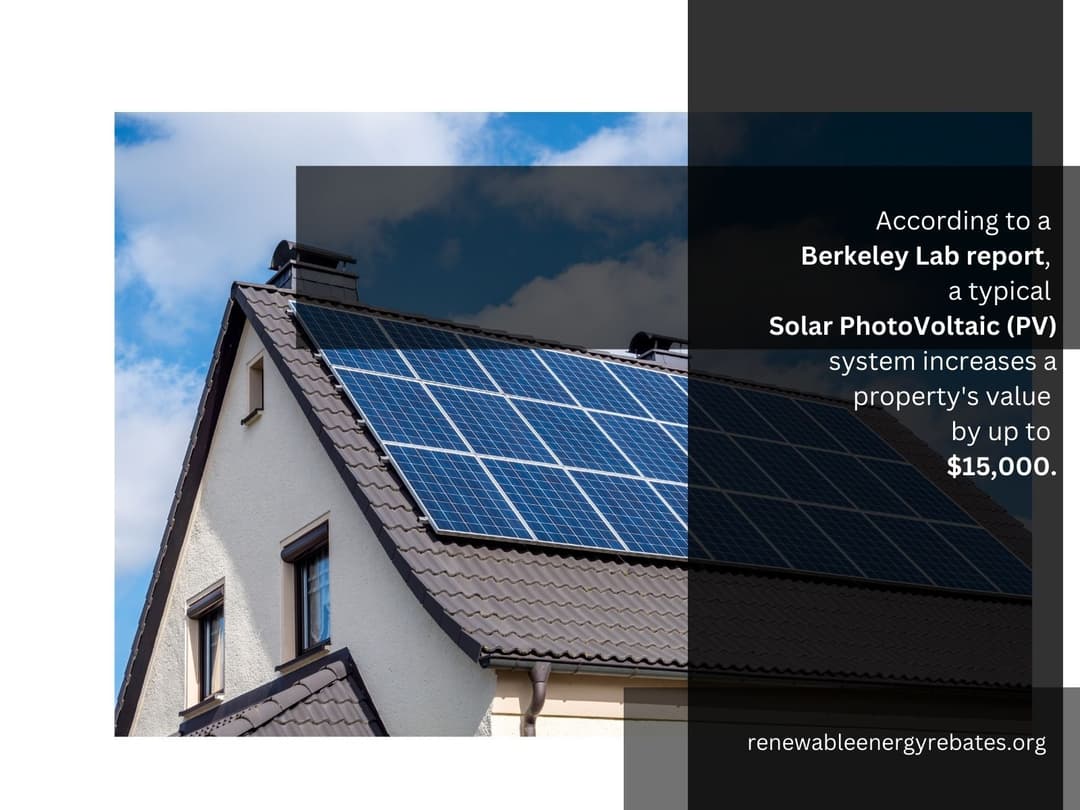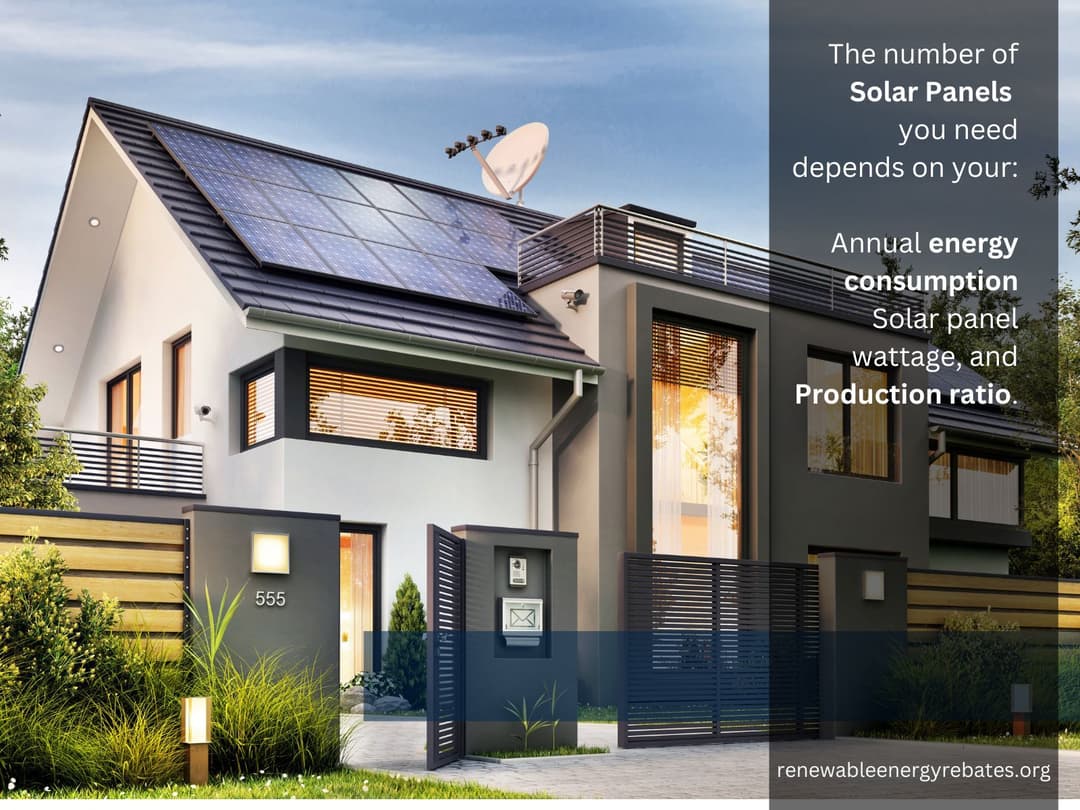Cost of Solar Panels in South Dakota
Going Green in South Dakota: The Economics of Solar Panel Installation
Key Details
- Average solar panel cost in South Dakota is $2.39 to $2.50 per watt, lower than the national average.
- A 5kW solar panel system costs $8,365 to $8,540 after federal tax credit, and a 6kW system costs $10,038 to $10,248 after tax credit.
- Solar panels in South Dakota save about $18,500 to $23,000 over 25 years compared to grid electricity.
- Average solar panel system costs range from $7,170 to $36,600 for sizes from 3kW to 15kW.
How Much Do Solar Panels Cost in South Dakota?
The average solar panel cost in South Dakota for solar panel systems is $2.39 to $2.50 per watt before tax credits and other incentives. This is lower than the national average installation rate of $3 to $5 per watt.

An entry-level sized 5kW solar installation in South Dakota will cost $8,365 to $8,540 after applying the 30% federal tax credit (ITC) and $11.950 to $12,200 before application.
Similarly, a closely sized solar panel system at 6kW will cost $10,038 to $10,248 after applying the ITC and $14,340 to $14,640 before application.
A comparison of the national and South Dakota costs for 5kW to 6kW solar panel systems before and after ITC application shows that South Dakota solar panel cost is lower than the U.S. average.
| System Size | South Dakota Costs | National Average Costs | ||
| Costs Before ITC | Costs after ITC | Costs Before ITC | Costs After ITC | |
| 5kW | $11.950 - $12,200 | $8,365 - $8,540 | $15,000 - $25,000 | $10,500 - $17,500 |
| 6kW | $14,340 - $14,640 | $10,038 - $10,248 | $18,000 - $30,000 | $12,600 - $21,000 |

Across a 25 year period, the solar panel cost in South Dakota averages at 5 cents ($0.05) per kWh, while the electricity rate from the grid averages out at 26 cents ($0.26).
Investing in a solar system in South Dakota can provide savings of about $18,500 to $23,000 in 25 years, while the solar panels will pay back their investment in about 9 to 12 years.
The average cost for solar panel systems ranged from 3kW to 15kW in South Dakota, as shown:
Average Solar Panel Cost in South Dakota
| Size | Solar Panel Installation Cost | System Installation Cost After Solar Credit | Home Size |
| 3 kW | $7,170 - $7,320 | $5,019 - $5,124 | 700 sq ft |
| 5 kW | $11.950 - $12,200 | $8,365 - $8,540 | 900 sq ft |
| 8 kW | $19,120 - $19,520 | $13,384 - $13,664 | 1,100 sq ft |
| 9 kW | $21,510 - $21,960 | $15,057 - $15,372 | 1,300 sq. ft. |
| 11 kW | $26,290 - $26,840 | $18,403 - $18,788 | 1,700 sq ft |
| 13 kW | $31,070 - 31,720 | $21,749 - $22,204 | 2,100 sq ft |
| 14 kW | $33,460 - $34,160 | $23,422 - $23,912 | 2,300 sq ft |
| 15 kW | $35,850 - $36,600 | $25,095 - $25,620 | > 2,400 sq ft |
In addition to the cost savings from the ITC, South Dakotans also have state-offered property tax exemptions for solar systems (renewable energy systems) that do not exceed 5 megawatt (5,000kW).
This exemption is for the higher amount between the first $50,000 of the assessed value of the solar system installation or 70% of the system.
Is it Better to Lease or Buy in South Dakota?
Either of these options comes with its advantages and disadvantages. Knowing these will help you to make the best decision that balances your needs and financial capability.
The advantages and disadvantages of buying are:
Pros of buying solar panels in South Dakota:
- You save more money when you buy, even with the higher initial outlay
- A one-off payment qualifies you for the federal solar credit and other locally available incentives and rebates
- When the system pays itself off, you essentially have free electricity if you are off-grid or very cheap electricity if you still use the power grid
Cons of buying solar panels in South Dakota:
- You are responsible for installation, monitoring, and maintenance, along with the initial buying costs
- The initial payment for solar panel systems through buying is much more than if you chose a lease as your path to ownership of solar panel systems
- If you opt to buy one-off with a loan, you might end up paying more paying the loan, and the interest
The advantages and disadvantages of leasing include:
Pros of leasing solar panels in South Dakota:
- There are no upfront solar panel costs in South Dakota, as you do not pay for the solar panels or the installation
- The lease allows you to enjoy the benefits of solar panels, such as the reduction of your monthly utility bills at a low cost of entry
- The solar company will be responsible for the monitoring and maintenance of the solar panels at no extra cost to you
Cons of leasing solar panels in South Dakota:
- Leasing means that the solar or leasing company owns the solar panels, and you only pay for the use of the system
- Most leases are contracts with terms of between 20 to 25 years
- Leasing can sometimes make it harder to sell your property. The new homeowner may not want to continue with the lease
- If the new homeowner does not intend to continue with the lease, you may need to pay a penalty to end the contract
- Your solar lease may increase annually by 3-5%
How Many Solar Panels Do I Need in South Dakota?
The number of solar panels you need in South Dakota depends on factors such as your energy consumption patterns, gadgets, and equipment. Other factors include the intensity of sunlight where you live, the number of people living in your house, and the size of your home.
The higher your energy consumption, the more solar panels you will require as solar panels are connected, and they sum up the energy they generate until they meet a required quantity.
To estimate the number of solar panels you need, you will need to know the amount of energy you currently consume in your home, the solar production ratio of your location, and your solar panel wattage.
This can be estimated by dividing the production ratio by the required energy capacity and dividing by the wattage of the chosen solar panel type.
How Many Solar Panels do I Need for a 3-Bedroom House?
On average, a 3-bedroom house in South Dakota has a floor size of about 1,500 square feet. This floor size is estimated to consume energy that will require a solar panel system size of about 10kW, and using a system size of 400-watt solar panels will require:
Dividing 10,000 watts by 400 watts will mean at least 25 solar panels.
This number of panels will vary if 100-watt solar panels, 200-watts solar panels, or other solar panel wattages are used.
The larger the floor size, the more rooms, bathrooms, people, and increased power consumption, and this will translate to more solar panels for the selected solar panel wattage capacity.
How Many Solar Panels do I Need for a 4-Bedroom House?
The average floor size of a 4-bedroom house in South Dakota is 1,636 square feet. On average, the solar needs of a house of this size can be supported by a solar panel system size of 11kW. If you opt for 400-watt solar panels, you will require approximately 28 solar panels:
11kW equals 11,000 W divided by 400 will mean 7.5 solar panels, approximated as 28.
Note: Reducing the solar panel wattage will mean an increase in the number of required solar panels. For example, other solar panel wattage sizes will give:
- 350 watts solar panels = 11,000kW / 350 = approximately 32 solar panels
- 300 watts solar panels = 11,000kW / 300 = approximately 37 solar panels
- 250 watts solar panels = 11,000kW / 250 = 44 solar panels
Do all Solar Panels Produce the Same Energy?
No, all solar panels do not produce the same energy. Factors like wattage, efficiency rating, and degradation rates influence their energy production. Solar panels are manufactured with different wattage ratings.
A 400-watt solar panel will produce more energy than a 100-watt solar panel or 200-watt solar panel because it is designed to do so. Solar panels with higher efficiency also produce more energy than those with lower efficiency.
Efficiency plays a part in the wattage of solar panels as an increase in solar panel efficiency allows the production of solar panels with higher wattage ratings.

Solar panels produce energy output with limited differences in laboratory and testing facilities. However, in real-world use scenarios, these same panels react differently to environmental effects such as shading from clouds and heat.
While most will produce similar results in cold weather, the difference becomes obvious as the temperature increases. Also, solar panels with similar energy outputs on a sunny day can show a difference in performance when cloud cover starts to shade them.
Which Type of Solar Panel is Best for Home Use in South Dakota?
Of the three main types of panels (monocrystalline, polycrystalline, and thin-film solar panels), monocrystalline panels are the most efficient. They also have a higher power output, last longer, and are the most expensive.
Polycrystalline panels, also called multi-crystalline, are cheaper but less efficient than monocrystalline panels. They are the mid-tier of solar panels. Thin-film solar panels are flexible, have a low profile that is visibly thinner than monocrystalline and polycrystalline solar panels, and are the least efficient of the three.
You should consider talking to a certified solar installer when deciding on the type of solar panel that is best for your home, as they have their different pros and cons, which include:
Pros of Monocrystalline Solar Panels
- They have the highest efficiency of the different types of solar panels
- They require the least amount of space compared to other solar panel types
- They have a longer lifespan which easily exceeds their warranty of 25 years
Cons of Monocrystalline Solar Panels
- They are more expensive compared to other solar panel types
- They usually perform better in high-temperature environments
- They are prone to a circuit breakdown when covered by snow, dirt, or shade
Pros of Polycrystalline Solar Panels
- They cost less than monocrystalline panels in South Dakota
- The manufacturing process for polycrystalline panels leads to less wastage of silicon
- They have a lower heat tolerance
Cons of Polycrystalline Solar Panels
- They have a lower efficiency when compared to monocrystalline panels
- They are less space efficient and require more space per watt
- Since they are made with silicon that is less pure, they have a less uniform look
Pros of Thin-film Solar Panels
- They require less material to make
- They are light and flexible and so are perfect for mobile and portable uses
- They are highly resistant to degradation
Cons of Thin-film Solar Panels
- They are less available in the market
- They require the most installation space compared to monocrystalline and polycrystalline solar panels
- They degrade faster than poly and mono panels and usually come with a shorter warranty
Can you Run a House Solely on Solar Panels in South Dakota?
Yes, it is possible to run a house solely on solar panels in South Dakota, as sunlight is abundant. South Dakota has 213 sunny days in a year, which exceeds the U.S. average of 205 days.
South Dakota also has a peak daily sunshine period of 5.23 hours. To effectively run a house solely on solar, you require solar batteries and a charge controller to store the energy generated by the solar panels and charge the batteries with energy from the panels, respectively.
It is also important that your home location gets direct sunlight and that trees or other buildings do not shade it. Most important, however, is knowing the energy requirement of the house because this will help determine the number of solar panels, type of charge controller, and required battery capacity.
How Big of a Solar System do I need to go Off-Grid in South Dakota?
To go off-grid in South Dakota, you need a solar panel system capable of powering all your home devices and storing the generated solar energy in batteries.
The battery system should have enough capacity to supply your needs when the sun's rays are obstructed, such as at night, during a storm, or severe cloud cover. You require the following steps:
Step 1: Determine your energy needs - The amount of energy you need can be determined by looking at your consumption history. You can get this by referring to a former electricity bill from your utility company.
Step 2: Determine your required number of solar panels - You can calculate this as follows:
South Dakota’s peak sunlight hours (5.23) multiplied by a month (30 days) = 156.9
Use this figure to divide the average use from the utility company. In this case, we use the average monthly consumption in South Dakota (1,019kWh) = 1,019 / 156.9 = 6.49kWh
Using 400-watt solar panels, the required number of solar panels is 6,490W divided by 400W = 16.23, approximated as 17 solar panels.
Step 3:Determine the required area for solar panels - 400-watt solar panels have a surface area of 20.8 square feet. 17 solar panels, therefore will be 17 multiplied by 20.8 square feet = 353.6 square feet
Using 400-watt solar panels for system sizes from 8kW to 15kW and solar panels at $2.44 per watt will give:
| System Size | Number of Panels | Estimated Space | Estimated Cost. |
| 8 kW | 20 | 416 sq. ft. | $19,520 |
| 9 kW | 23 | 478.4 sq. ft. | $21,960 |
| 11 kW | 28 | 582.4 sq. ft. | $26,840 |
| 13 kW | 33 | 686.4 sq. ft. | $31,720 |
| 14 kW | 35 | 728 sq. ft. | $34,160 |
| 15 kW | 38 | 790.4 sq. ft. | $36,600 |
Are Tesla Solar Panels Available in South Dakota?
Yes, you can get Tesla solar panels in South Dakota. Tesla does not have a retail outlet in South Dakota but rather has certified installers who provide services for Tesla solar panels in South Dakota.
These installers also support the Tesla solar roof in South Dakota and the Tesla power wall (battery). Tesla solar panels are 400-watt panels, and they work with the Tesla 3.8kW or 7.6kW solar inverters.
Alternatively, you can opt for the Tesla solar roof, which are 72-watt solar panels designed as glass tiles that look like roofing tiles. You can find a qualified Tesla installer near you in South Dakota using the certified installer finder on the Tesla website.